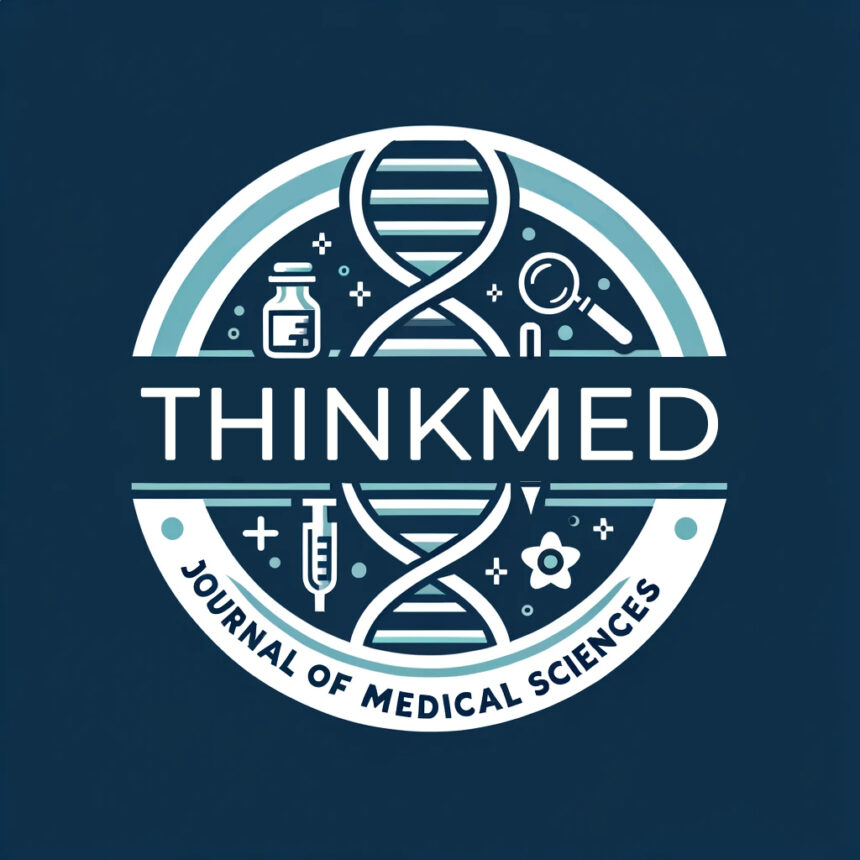Chorioamnionitis is a serious condition that affects pregnant women and their unborn babies, presenting challenges in both diagnosis and management. Recent advancements in medical research have led to the development of updated guidelines for the effective management of chorioamnionitis. In this blog, we will explore the latest recommendations and strategies for managing this condition, ensuring the best possible outcomes for both mother and child.
Navigating Chorioamnionitis: A Comprehensive Guide Based on Latest Guidelines
Latest Guidelines for Diagnosis:
- Clinical Presentation: According to recent guidelines, clinicians should be vigilant for signs and symptoms of chorioamnionitis, including maternal fever, uterine tenderness, and foul-smelling amniotic fluid.
- Laboratory and Imaging Studies: The guidelines emphasize the importance of utilizing laboratory tests such as complete blood count (CBC) and inflammatory markers. Imaging studies, such as ultrasound, may also be employed to assess amniotic fluid volume and rule out other complications.
Management Strategies:
- Antibiotic Therapy: Early initiation of broad-spectrum antibiotics is a cornerstone of chorioamnionitis management. The latest guidelines recommend using antibiotics that cover a wide range of potential pathogens, with adjustments made based on local resistance patterns.
- Delivery Considerations: The decision regarding the timing and mode of delivery is a critical aspect of managing chorioamnionitis. In cases where the pregnancy is near term, delivery is often recommended to prevent further maternal and fetal complications.
- Intrapartum Fetal Monitoring: Continuous fetal monitoring during labor is crucial to detect signs of fetal distress. In some cases, the timing of delivery may be expedited to reduce the risk of neonatal sepsis.
- Maternal Supportive Care: Adequate maternal support, including hydration and pain management, is essential during the management of chorioamnionitis. Close monitoring of maternal vital signs and fetal well-being is paramount.
Prevention Strategies:
- Intrapartum Antibiotic Prophylaxis: For women at risk of chorioamnionitis, intrapartum antibiotic prophylaxis is recommended to reduce the likelihood of infection transmission to the newborn.
- Screening and Risk Assessment: Early identification of women at risk for chorioamnionitis allows for timely interventions. Risk factors include prolonged rupture of membranes, multiple cervical examinations, and maternal colonization with Group B Streptococcus.
Conclusion:
Staying abreast of the latest guidelines is crucial for healthcare professionals involved in the management of chorioamnionitis. These guidelines are designed to optimize maternal and fetal outcomes by providing evidence-based recommendations for diagnosis, treatment, and prevention. By adhering to these guidelines, healthcare providers can contribute to the overall well-being of both mothers and newborns affected by chorioamnionitis.



